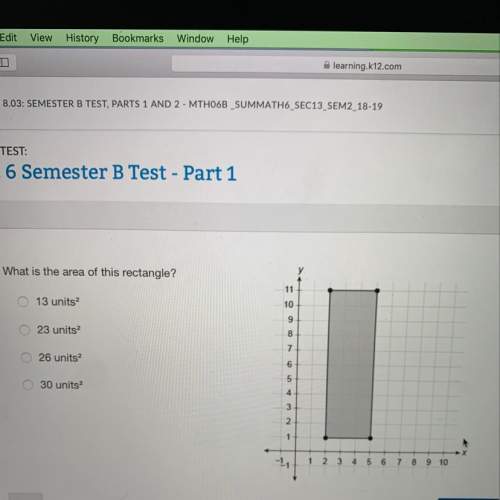
Mathematics, 13.02.2020 02:07 MoogleCaliS
Consider the linear homogeneous system x? = p11(t)x + p12(t)y, y? = p21(t)x + p22(t)y. Show that if x = x1(t), y = y1(t) and x = x2(t), y = y2(t) are two solutions of the given system, then x = c1x1(t) + c2x2(t), y = c1y1(t) + c2y2(t) is also a solution for any constants c1 and c2. This is the principle of superposition.

Answers: 1


Another question on Mathematics


Mathematics, 22.06.2019 00:00
The construction of copying qpr is started below. the next step is to set the width of the compass to the length of ab. how does this step ensure that a new angle will be congruent to the original angle? by using compass take the measures of angle and draw the same arc according to it.
Answers: 2

Mathematics, 22.06.2019 00:30
Which graph of a hyperbola represents the equation 16x^2-y^2=16
Answers: 1

Mathematics, 22.06.2019 02:00
Afigure is rotated 180°. if one of the points on the image is g'(4, -8), what were the coordinates of g? (8,4) (8,-4) (4,8) (4,8)
Answers: 2
You know the right answer?
Consider the linear homogeneous system x? = p11(t)x + p12(t)y, y? = p21(t)x + p22(t)y. Show that if...
Questions



Mathematics, 28.07.2019 21:30













History, 28.07.2019 21:30

Social Studies, 28.07.2019 21:30



History, 28.07.2019 21:30




